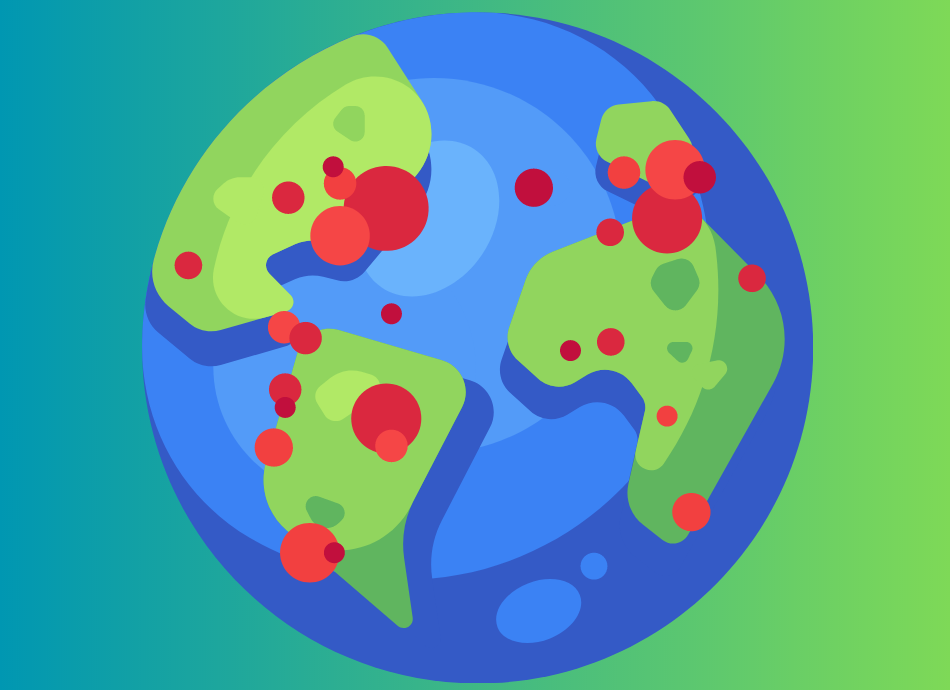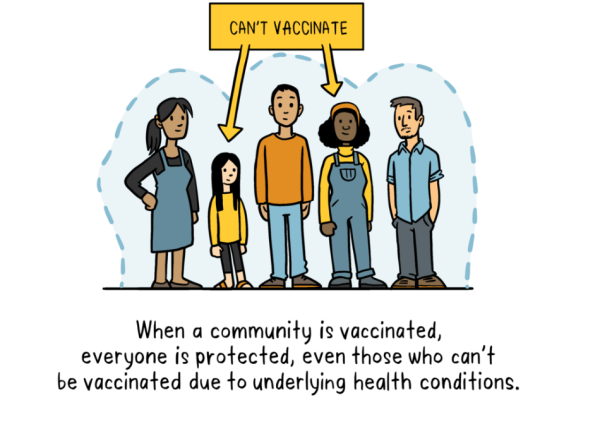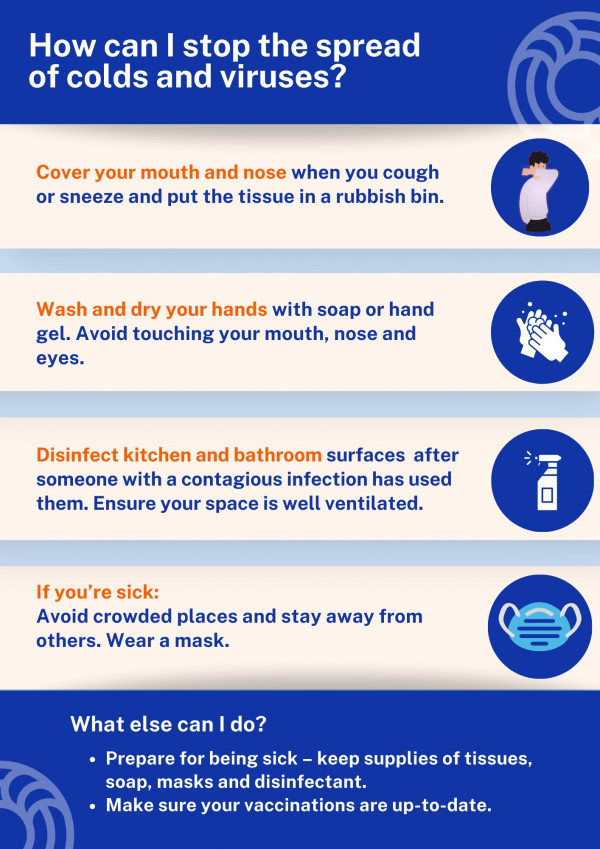Wishing everyone happy holidays and a joyful New Year from the Healthify team. Don't forget to Slip, Slop, Slap and Wrap!
Outbreaks, epidemics and pandemics
Key points about outbreaks, epidemics and epidemics
- An epidemic means more cases of a disease or health condition than expected.
- It usually means cases of infectious diseases. However, it can also mean poisonings, injuries, or any situation where people are being harmed by something they are exposed to.
- An outbreak is an epidemic that happens in a local place and time.
- A pandemic is an epidemic that has spread across multiple countries or even worldwide.

What are outbreaks and epidemics? What is the difference between an epidemic and a pandemic?
While the words may seem like there are a clear rules for when an event is declared an outbreak, epidemic or pandemic, the difference is often blurred.
The word epidemic is used when there are more cases of a disease or health condition than expected.
An outbreak is an epidemic that is localised in time and place. For example an outbreak of gastroenteritis (diarrhoea and vomiting) at a school camp that lasts a few days. Sometimes a single case of an infectious disease is considered an outbreak. Examples are an unknown or rare disease, or a disease that’s new to a community or has been gone from a population for a long time and has come back.
The word pandemic is used to describe an epidemic that has spread to multiple countries or even worldwide. Compared to an epidemic, a pandemic affects more people and usually takes more lives.
Pandemic is a word that’s not used often. COVID-19 was described as a pandemic when it was realised how severe it was and how quickly and widely it was spreading.
The severity of an infectious disease outbreak, epidemic or pandemic depends on factors such as:
- How infectious it is – diseases which are more infectious (contagious) will infect more people and be harder to control, causing more cases and harm.
- How severe it is – diseases which are more severe result in more serious illness and hospitalisations (morbidity), and more deaths (mortality). These impacts are affected by the age and health of the population – older and younger people and those with compromised immune systems are generally more at risk of serious illness.
- How controllable it is – if there are good control measures for a disease, such as a vaccine, it can be controlled and potentially stopped completely. With an effective vaccine, if enough people are vaccinated the epidemic can be stopped – this is known as herd immunity.

Image credit World Health Organization via Wikimedia Commons(external link)
Many features of the infectious organism, population, and environment affect the outcomes of an epidemic. For example, during a pandemic it may be possible to prevent entry of the infection for a period until people can be vaccinated.
In Aotearoa New Zealand, the word outbreak is sometimes used when the situation is confined to a particular region. For example in 2019 Stuff reported: “The measles outbreak continues to spread in Canterbury with 28 cases confirmed on Friday”.
If the outbreak has affected more than 1 region, or has a nationwide impact, the word epidemic is sometimes used. Reflecting back, a 2019 Stuff article stated “few New Zealanders had been vaccinated when a measles epidemic erupted in 1991, infecting 40,000–60,000 people and killing seven”.
If an infectious disease spreads from one country to another and becomes common around the world it may be described as a pandemic. For example, estimates of the mortality from Covid-19 suggest that it resulted in 27 million more deaths than expected.
The word epidemic is not only used to describe widespread outbreaks of infectious diseases. You may also hear it being used to describe more than expected numbers of people having other health conditions, such as heart disease, diabetes and obesity. Type 2 diabetes has been described as “the hidden epidemic” and obesity as “an escalating global epidemic”.
Infectious disease outbreaks are often spread from person to person, or contaminated food or water. Every year, hundreds of people in Aotearoa New Zealand become unwell due to disease outbreaks, many of which are preventable. Use the following tips to help keep you and your whānau safe.
To reduce respiratory infections (colds, flu and other viruses which spread through the air):
- Make sure your vaccinations are up to date:
- During waves of respiratory illness wear a mask if you're spending time in crowded places such as public transport, particularly a respirator style mask (eg N95) that forms a good seal over your mouth and nose.
- Stay home and isolate if you have symptoms of respiratory illness, such as cough, sore throat, runny nose, or fever.
- When you cough or sneeze, cover your mouth and nose with a tissue. Then throw the tissue in the rubbish. Wash your hands afterwards.
To reduce food and waterborne infections:
- Follow food safety tips and take particular care handling raw chicken.
- Make sure your drinking water is safe especially in rural areas where water may not be fully treated.
- Wash your hands with soap and water before eating and after using the bathroom and contact with animals. If soap and water is not available, use an alcohol-based hand cleaner or gel sanitiser.
- Avoid touching your mouth, nose or eyes with your hands unless you've just washed your hands.

Image credit: Healthify He Puna Waiora
References
- Vaccine-preventable diseases(external link) Immune, IMAC, NZ
- Epidemics, pandemics and outbreaks(external link) WedMD, US
- What is the difference between a pandemic and an epidemic?(external link) Very Well Health, US
- Measles outbreak – what you need to know(external link) Stuff, NZ, March 14, 2019
- ‘People have forgotten’ – past measles epidemics killed, hospitalised hundreds(external link) Stuff, March 16, 2019
- Controlling the global obesity epidemic(external link) World Health Organization
- Betty, B. Type 2 diabetes – the hidden epidemic(external link) RNZCGP news, NZ, 23 September 2020
- Mathieu E, Ritchie H, Rodés-Guirao L, et al. Coronavirus(external link) Our World in Data, 2020
Credits: Healthify editorial team. Healthify is brought to you by Health Navigator Charitable Trust.
Reviewed by: Professor Michael Baker, Public Health Physician and Professor in the Department of Public Health, University of Otago, Wellington
Last reviewed:





